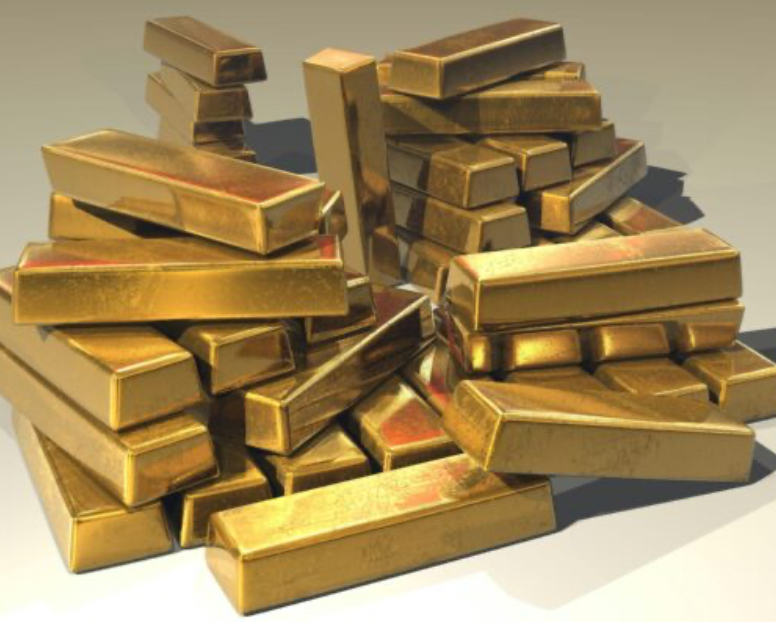In the caverns beneath the Franco-Swiss border, where quarks dance and time fractures under particle bombardment, an ancient myth has come startlingly close to reality. The age-old pursuit of alchemy—transforming lead into gold—has been realized, albeit momentarily, not through mysticism or medieval speculation, but through the sheer brute logic of physics. Deep within the Large Hadron Collider (LHC), scientists from the ALICE collaboration have observed the actual transmutation of lead into gold.
This is not metaphor, nor fantasy. It is nuclear truth: a product of energies so extreme and control so minute that even the most esoteric dreams of the past bow before the precision of modern physics. And yet, what it offers is not wealth or utility, but revelation. It speaks to the limits of our tools and the boundlessness of imagination, linking the cloistered scriptoriums of medieval alchemists to the sprawling, superconducting tunnels of 21st-century science.
The Modern Chrysopoeia
Centuries before electrons had names or protons were known, alchemists labored over crucibles, yearning to turn base metals into noble ones. Their goals were both material and metaphysical: not just to enrich, but to purify, to reveal the unity of matter under divine principle. Though they failed, their language remains embedded in our intellectual history—chrysopoeia, the making of gold, became a metaphor for all impossible transformations.
But today, what was myth has met method. In ultra-peripheral collisions inside the LHC, researchers have documented the conditions under which lead (atomic number 82) can shed protons and neutrons in just the right proportions to briefly become gold (atomic number 79). These interactions occur without the lead nuclei ever making direct contact. Instead, they pass near each other—so near, and so fast (99.999993% of the speed of light)—that they generate electromagnetic fields of overwhelming intensity. In those fields, photons are released and then absorbed, destabilizing the nuclei and causing a fragmentation cascade.
In rare instances, these photon-induced reactions strip away precisely the number of nucleons needed to form a gold nucleus. It’s a statistical anomaly that becomes truth when you repeat it trillions of times.
Tracking the Impossible
The ALICE detector’s Zero Degree Calorimeters (ZDCs)—a name as stark and poetic as the work they perform—were key to this discovery. These instruments are designed to capture and measure the residual fragments that result from such high-energy collisions. When protons and neutrons are ejected, the ZDCs read the signatures and match them to specific nuclear decay paths.
Among those fragments were unmistakable traces of transmuted gold. The amounts were infinitesimal—just 29 picograms of gold produced across several years of data collection between 2015 and 2018. That’s less than the weight of a single speck of dust. But it happened. Again and again. The detectors caught it, the scientists confirmed it, and the ancient dream—written in Arabic manuscripts, sung in the verses of Paracelsus and Isaac Newton—was, for a sliver of time, fulfilled.
Transience as Truth
There is a kind of irony here. Gold, that most stable and noble of elements, was created not to last. The gold nuclei, formed in those few near-miss collisions, exist only for microseconds. They decay almost instantly, torn apart by the very energy fields that made them possible. The process that gives birth also ensures immediate annihilation.
In that sense, the experiment is less about making gold and more about what it reveals: that the building blocks of matter are not fixed, and under sufficient force, one element may be sculpted into another like clay. The implications extend beyond metallurgy or philosophy. They cut to the core of what it means to manipulate matter at the finest scales.
Implications for Material Science
No practical method will ever arise from these collisions to produce usable gold. The energies involved, the scale of machinery required, and the vanishing returns make industrial application laughable. The goal is not production but precision.
By analyzing how nuclei respond to photon bombardment, scientists refine their understanding of electromagnetic dissociation, a process critical not just in particle physics but in nuclear medicine, materials engineering, and theoretical cosmology. This data helps inform how atomic nuclei interact under stress, guiding everything from the optimization of particle beams to the possibility of engineering specific isotopes for targeted therapies or energy storage.
Moreover, it hints at the possibility of atomic-level engineering—of rearranging nucleons with intention, rather than merely observing decay. While still far from feasible, the concept suggests that in some distant future, we may design elements to serve specific structural or energetic functions, much as we now synthesize molecules in chemistry.
A Philosopher’s Dream, A Physicist’s Triumph
The production of gold from lead is not an achievement measured in carats or car garages. It is instead a singular triumph of knowledge: of being able to predict, control, and witness matter change form according to the dictates of equations rather than the spells of dreamers. Yet it is also a gesture of homage—a nod to those who, in ignorance, believed the world might be mutable enough to change lead into something precious.
That it is mutable is a miracle. That we can see it happen, measure it, and understand its limits is something more: it is mastery.
Still, the act remains stubbornly impractical. At a production rate of 89,000 gold nuclei per second, one would need hundreds of thousands of years just to produce a single flake visible to the eye. What we’ve achieved is not an economic or artisanal revolution, but a metaphysical one. We have crossed the line from myth to method, from dream to demonstration.
Beyond the Crucible
The LHC is not a philosopher’s stone. It does not grant wealth or immortality. But it does offer something arguably more valuable: insight. It shows that transformation, even the most seemingly impossible kind, is a natural part of the universe’s grammar. Lead can become gold. Not easily, not usefully—but truthfully.
For centuries, we believed such changes belonged to fiction, or prayer. Now we know they belong to physics. And even if those golden atoms vanish in a blink, the idea they leave behind may be more lasting than any metal: that matter is not what it seems, that the laws of nature bend to precision, and that reality, at its deepest levels, is as mutable as myth once promised.
In that truth, the work of the alchemists—however misguided—finds a curious vindication. And in the hands of modern scientists, their legacy gleams brighter than gold.
No comments yet.








